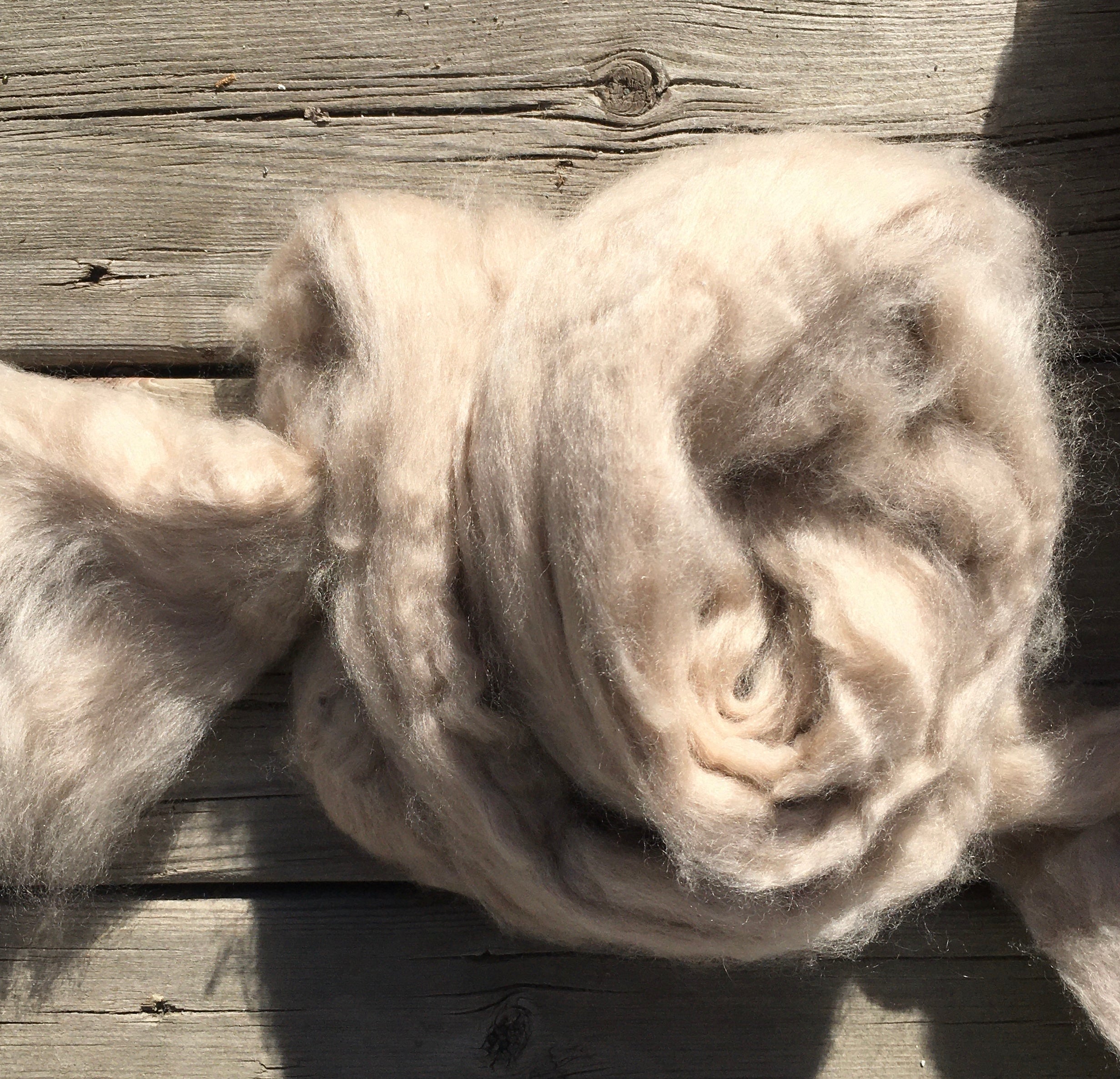The Origins and Benefits of cashmere in Making Luxurious Clothing
The Origins and Benefits of cashmere in Making Luxurious Clothing
Blog Article
Discover the Allure of Cashmere a Natural Fiber: Why It's a Must-Have in Your Closet
The attraction of cashmere, a luxury natural fiber, transcends simple appearances. From reviewing its intriguing origin to understanding its production procedure, treatment, and quality, it's worth exploring why cashmere holds such a special area in the globe of textiles.

The Origin and History of Cashmere: A Brief Overview
While several may see cashmere as a simple high-end, its history is soaked in rich social practice. Stemming from the Kashmir region in India, cashmere woollen has been created for thousands of years. The fiber is obtained from the soft undercoat of cashmere goats, collected during their molting period.
Recognizing the Special Residences of Cashmere Fiber
While other products might put on down over time, cashmere preserves its quality, making certain durable wear. Cashmere has an one-of-a-kind visual allure. Recognizing these properties clarifies why cashmere is not just a deluxe, yet a rewarding investment for any kind of closet.

The Process of Making Cashmere: From Goat to Garment
To appreciate the extravagant properties of cashmere completely, one must comprehend its trip from the raw fiber to the ended up item. The process starts with the cashmere goats, mostly found in Mongolia, China, and Iran. The soft undercoat of these goats, gathered throughout their all-natural molting period in spring, offers the raw product. This fragile fiber is then thoroughly divided from the coarser external hair in a labor-intensive procedure referred to as dehairing. The pure cashmere is then dyed, spun into thread, and ultimately knitted or woven into the sought after garments. Each step is thoroughly implemented to preserve cashmere's notable warmth, soft qualities, and sturdiness. This detailed procedure causes the creation of a truly elegant material.

Deciphering the Top Quality and Price: Why Is Cashmere so Expensive?
Cashmere stems from the fine undercoat of the cashmere goat, with each goat generating a plain 150 grams i thought about this yearly. The processing of raw cashmere needs both time and experience, with the fibers requiring to be very carefully sorted, washed, and rotated. These aspects combined make cashmere a pricy yet very desired product in the world of style.
Cashmere in Style: The Adaptability and Timeless Allure
Despite its high cost, the ageless allure and flexibility of cashmere have actually strengthened its place in the realm of fashion. The flexible nature of cashmere permits for its about his integration into both informal and official clothes, indicating its broad appeal. As patterns come and go, cashmere continues to be a constant, its attraction undiminished, continuing to influence and form the style industry's landscape.
Caring for Your Cashmere: Maintenance and Preservation Tips
Making certain the durability of cashmere garments needs particular care and focus. Routine brushing with a cashmere comb can prevent pilling. With these maintenance and conservation suggestions, one can ensure their cashmere continues to be long lasting and luxuriously soft.
Final Thought
Cashmere, with its unparalleled gentleness and heat, offers both high-end and resilience. Discover the appeal of cashmere and boost your style repertoire.

Report this page